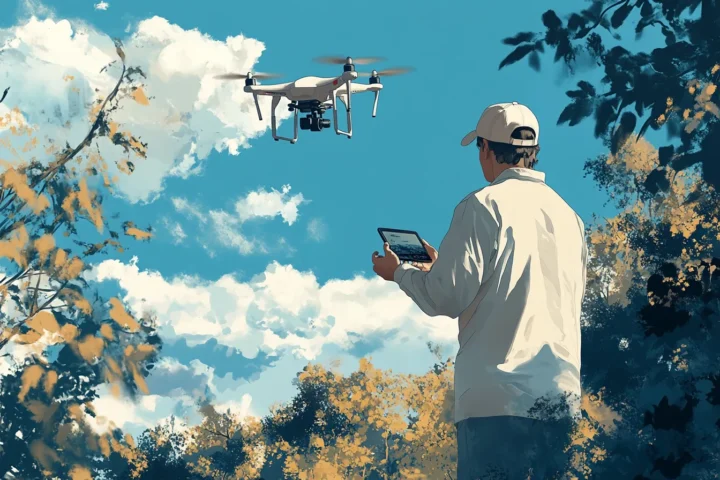Authentically, the concept of social media marketing is significantly different from what it was in the beginning. Whereas initial steps included using social medi platforms such as MySpace up to the peak levels of using APPs like TikTok, the mode by which businesses interact with their audiences has dramatically transformed. In this article, you will find a short overview of the development of social media marketing strategies, and how each social network has influenced the current state of the industry.
MySpace: The Pioneering Era
That is why the history of social media marketing started with MySpace that appeared in 2003. First, it was designed for music enthusiasts that could come here to exchange their favorite songs and bands. Its usage increased and enterprises saw the opportunity of using it in marketing and started developing company pages. Even so, the venue of MySpace was widely credited as having pioneered the concept of social media marketing as a whole.
Facebook: The Turning Point
MySpace’s popularity began to decline in the late 2000s due to various factors, including data privacy concerns and the emergence of a competitor: Facebook. When it was created in 2004, it was only for college students; however, the site opened to anyone with a pulse in 2006. The site’s abilities to advertise specifically and generate highly refined profiles of particular users were a significant attraction for commercial concerns. As Facebook advanced, it ensured that it evolved its advert packages and additional confines, which shapes social media marketing.
Twitter: The Microblogging Revolution
It is interesting to know that Twitter family was created in 2006 and it was the pioneer of microblogging. It enabled the users to convey short posts known as tweets with a maximum of 280 characters. Due to the given format of the platform, it was the perfect method for companies to give updates and share their thoughts, experience, and join in discussions. The use of the Twitter search feature provided precise targeting of potential customer, the platform’s strong marketing appeal.
LinkedIn: Professional Networking
Where Facebook provided connectivity and more, LinkedIn did the similar with a clear professional thrive. LinkedIn was initiated in 2003 as a platform intended for connections between different specialists and updates of the available information. With people joining the site in increasing numbers, businesses started using the site to recruit employees, share ideas and to connect with potential customers. All of the advertising tools and the ability to target a highly specialized niche made LinkedIn an invaluable platform for B2B advertising.
YouTube: The Video Revolution
First, in 2005, YouTube introduced a new way to consume the content. Entrepreneurs saw the potential that lies in video marketing and began to develop interesting content for promoting their goods and services. Effective audience targeting and analyzing the return on the business’s investment into video marketing became possible with YouTube’s search and analytics tools.
Instagram: Visual Storytelling
About five years later, Instagram arrived in August of 2010 and centred concept around mobile photography and visualisation. It was adopted due to its aesthetic benefit allowing companies to display their inventory, especially targeted for the youths’. As a highly visual platform, the quality of images and videos differentiating an Instagram profile was high This made it easy to continue creating remarkable marketing campaigns using short videos, IGTV, stories, and the newly introduced reels.
Snapchat: Literally Disappearing Content Period
Founded in 2011, Snapchat first came up with the concept of ‘Self-destructive messages,’ which simply means that messages and images sent could only be viewed for some time and would then be erased. This very element was a point of interest for brands that wanted to reach out to users who are considered the millennials or the generation Z in a more familiar and friendly approach. The filtered advertising opportunities of Snapchat, the geofilters and sponsored lenses, enabled business to develop unique and impactful campaigns.
TikTok: The Rise of Short-Form Video
Last but not least, the last platform emerged only in 2016 and originally was developed under the name of TikTok in China as Douyin. The platform was centered around short form video, and within weeks had widespread engagement particularly among the youthful population. And it is businesses that reacted promptly in order to use humor as a powerful tool for creating attention-catching and memorable content. Similar to Instagram, TikTok’s simple interface, together with the For You Page personalized recommendation algorithm, has made it an exceptional marketing platform for companies of all scales.
Conclusion
The evolution from platforms like MySpace to TikTok highlights the dynamic and ever-growing nature of the social media marketing industry. Each platform has played a pivotal role in shaping how businesses engage with their audiences, enhancing features that facilitate essential marketing activities and fostering deeper market connections.
Given the rapid advancements in social media, businesses must prioritize leveraging social media marketing to communicate directly with their target markets and consumers. By staying adaptable and innovative, companies can unlock the full potential of these platforms to drive engagement and growth. Learn more about harnessing the power of social media marketing at rocketsms.com



